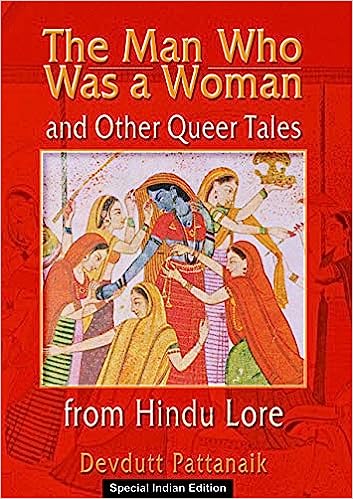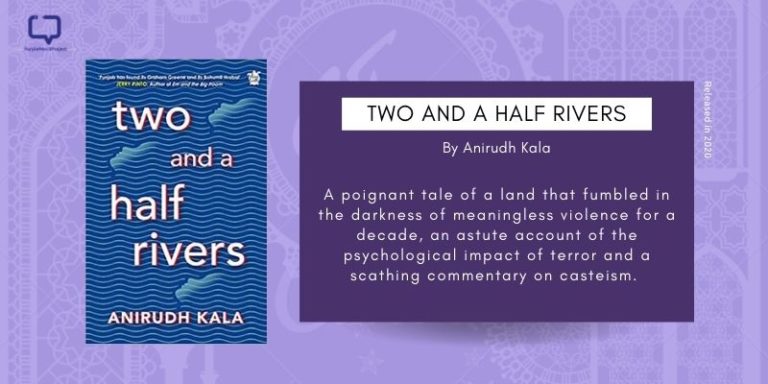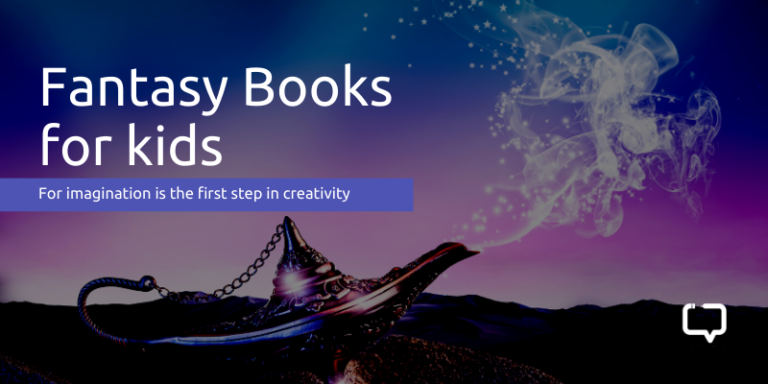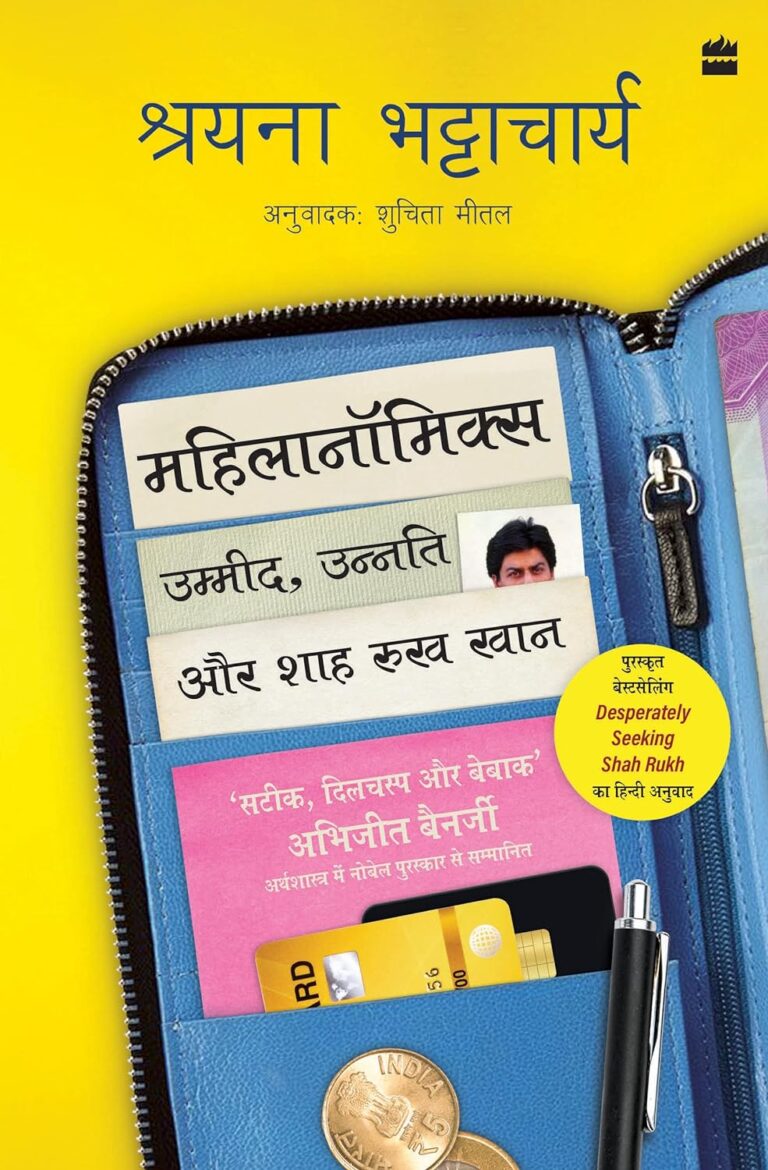Homosexuality and queerness have had a long-term relationship with literature, even truer when it comes to the Indian subcontinent. Whether present as whispers in the ancient epics and religious texts or written as a way of challenging societal norms, the root goes back centuries and continues to grow and prosper in our modern day and age.
Let’s try to trace this thread briefly today in this exploration of the literary history of homosexuality in India. In this essay, we will dig deeper into queer literature and find out its roots. We will look at how these stories have evolved over the centuries and how our understanding of them, in turn, has changed with it.
Traces of Queer Literature in Ancient India
Like tiny rays of sunlight trickling through the foliage of time, we catch glimpses of queer themes in ancient texts. Take for example the Padma Purana, an ancient Puranic work, where you find subtle hints of gender fluidity in the way the transformation of Arjuna to Arjuni is depicted or the concept of Ardhanareeshwara (made up of three words: ardha meaning half, naree meaning woman, eshwara meaning lord) or the lord whose one half is a woman, representing the union of feminine and masculine energies.
Then there’s the Markandeya Purana which contains the story of Avikshita, a prince who wouldn’t marry because he thought of himself to be a woman. Gender fluidity is famously seen through the character of Amba who would be reborn as a man (Shikhandi) to avenge her integrity by killing Bhisma. The Sushruta Samhita, a medical treatise written centuries ago, mentions homosexuality and transgenderism. Manusmriti also mentions it, if only to prescribe punishments for it.
Now, any talks of sexuality in a South Asian context are probably incomplete without mentioning the Kama Sutra. The celebrated text contains a large spectrum of human relationships and sexuality, and despite it mentioning male homosexual relationships, it labels them to be an unnatural offense that leads to a loss of caste.
Moreover, these depictions were usually restricted to men from an upper caste. You can read more stories of queer relationships in the brilliant collection titled The Man Who Was a Woman and Other Queer Tales from Hindu Lore by Devdutt Patnaik.
Medieval Literature: Expressions of Homoeroticism
Over time, Indian literature saw a confluence of several cultures leading to Hindu, Jain, and Muslim traditions blending and developing together. Several ghazals, particularly ones written by Urdu poets in medieval times, highlight the beauty of love beyond the boundaries of religion and gender.
Many verses paint descriptive images of homoerotic sensualities wherein the poet adopts a male voice and expresses his love for his male counterpart, like Meer Taqi Meer’s Shola-i-ishq.
You’d also find many Urdu male poets in that era writing in a female voice, referred to as Rekhti, some of them even taking feminine pen names with many unique terms for sexual activities between women. One of those terms, chapti, is still used, which means clinging together or sticking to each other.
Colonialism and Censorship
The gentle rhythm of acceptance was disrupted with the arrival of British colonial rule, casting a shadow over Indian literature. Victorian morals and the imposition of Section 377 stifled open expressions of same-sex desire, making something societally frowned upon something criminal. Yet, even within these oppressive constraints, Indian writers found the courage to challenge the imposition.
In the early 1900s, Pandey Bechan Sharma ‘Ugra’ and his book Chocolate depicted desire between men if only to shun it eventually. Through its pages, Ugra chronicled relationships that always ended tragically, yet the portrayal of these relationships was kind, painting them with hues of empathy and sensuality. Although the relationship was not explicitly named, the words and descriptions left no doubt about what was being alluded to almost like whispered secrets carried on the wind.
And who can forget the infamous trial of Ismat Chughtai for supposed “obscenity” in her groundbreaking story Lihaaf tenderly describes a relationship between two women? Her works have left an indelible mark on Indian literature. In the last century, we saw many more works that we shall look at in the next section.
Revolution and Resurgence
Another early and notable work of LGBTQ+ literature is the autobiographical work by Suryanakant Tripathi Nirala, Kulli Bhat, which was distinct from its contemporary works in that it portrayed queer relationships without any obscurity. Then there was Kamlesvar’s Ek Sadak Sattavan Galiyan, a short novel that presented the life of a bisexual truck driver and his relationships with a dancer and a cleaning man.
There was the more academically-inclined work by Shakuntala Devi in 1978 titled The World of Homosexuals that led the way to a somewhat better understanding of queer experiences. Mitrachi Ghoshta, a Marathi play by Vijay Tendulkar was groundbreaking for its portrayal of lesbians in the 1980s, not to forget Suniti Namjoshi, an openly lesbian writer in those times, who also portrayed a lesbian couple.
Mahesh Dattani’s plays captured the complexities and struggles of gay men poignantly, whether it was his Bravely Fought The Queen or On A Muggy Night in Mumbai. Firdaus Kanga’s 1990 memoir Trying to Grow deserves a mention here.
It would be an utter injustice to not talk about Ruth Vanita and Saleem Kidwai’s groundbreaking book, Same-Sex Love in India: A Literary History here. Going deep into Indian mythology and literature, the authors unearthed ancient tales of same-sex love, from the Mahabharata to the Kama Sutra, the collection shedding light on a queer world that has long been overlooked and silenced.
Manju Kapoor’s 2003 novel A Married Woman weaves a touching narrative of love and desire set against the backdrop of a complex and changing society. The story explores the hidden longings and passionate connections between two women trapped in conventional roles, trying to navigate their desires and societal expectations.
In 2008, Amruta Patil’s Kari introduced readers to a vibrant graphic novel exploring the life of its eponymous protagonist, Kari, a young lesbian woman. It’s a journey of self-discovery and acceptance, grappling with societal norms and personal demons. Then there’s Neel Mukherjee’s A Life Apart which delves into the complexities of gay relationships, both in India and England. He examines the intricacies of identity, belonging, and love, painting a vivid picture of the challenges faced by queer individuals in different cultural contexts.
R. Raj Rao’s novel Hostel Room 131 boldly explores themes of desire, longing, and self-discovery within the confines of a hostel room. The Truth About Me: A Hijra Life Story by A. Revathi offers you a deeply personal account of life as a hijra, shedding light on a marginalized community’s struggles for recognition and dignity.
In Hoshang Merchant’s The Man Who Would Be Queen, the lyrical verses capture the essence of queer experiences, illuminating the beauty and complexities of same-sex relationships. Now adapted into a Netflix movie, Sachin Kundalkar’s Cobalt Blue is a tale of unrequited love and longing, intertwining stories of two siblings who both fall for the same man.
Devdutt Pattanaik’s Shikhandi and Other Tales They Don’t Tell You reimagines ancient Indian myths through a queer lens. He challenges traditional narratives, showcasing the fluidity of gender and sexuality in Indian folklore.
As the tides of time carried the fight for LGBTQ+ rights forward, the revolution spread its roots. The groundbreaking Supreme Court decision of 2018, decriminalizing homosexuality, acted as a catalyst, propelling queer voices to the forefront. In the aftermath of this legal victory, a chorus of writers has risen to reclaim their narratives and reshape the literary canon. The future holds only possibilities, and there never can be enough marginalized voices now, can there be?
Conclusion
As we conclude our brief journey through the annals of queer literature in India, it’s hard not to admire everything that has transpired so far. From ancient echoes to modern-day voices, these literary works serve as pillars of strength, testifying to the indomitable spirit of the queer community. They remind us that love knows no boundaries, transcending societal constructs and echoing across time.
In the realm of literature, let us remember that stories hold the power to inspire, transform, and ignite change. Within the pages of these literary works, we find the key to unlocking empathy and understanding, bridging the gaps between hearts and minds. As we continue to explore the stories, may we always turn to the written word, embracing its boldness, its enchantment, and weaving a future where every individual can love and live authentically.
If you enjoyed reading this, you might love this list of books to read for Pride month.


























2 Responses
Absolutely loved this article! I have been trying to rekindle my relationship with my culture and heritage as a queer person, will definitely be checking out the literary works mentioned.
So happy it is helping you on this journey Aishi!